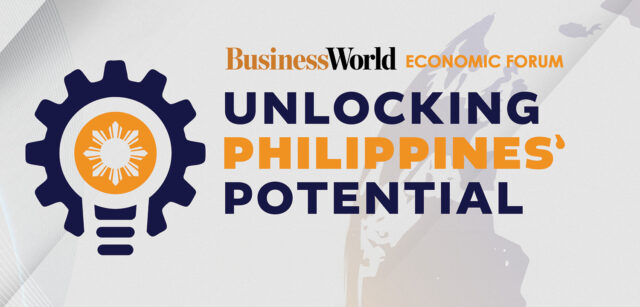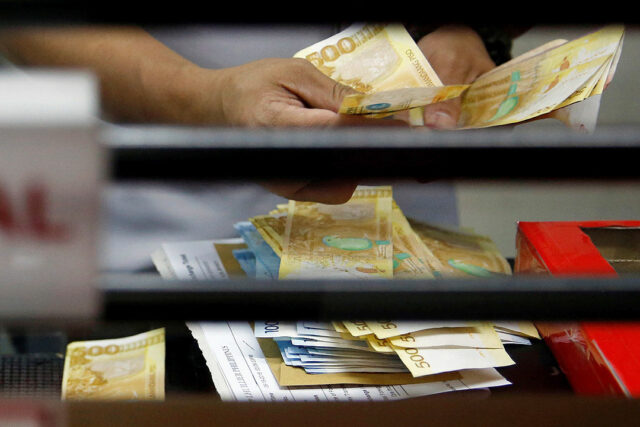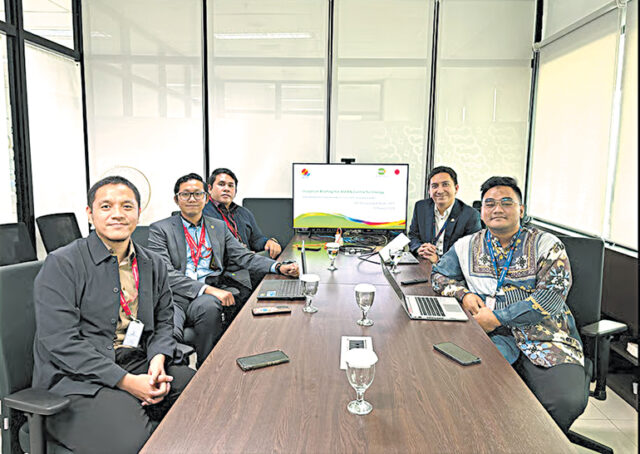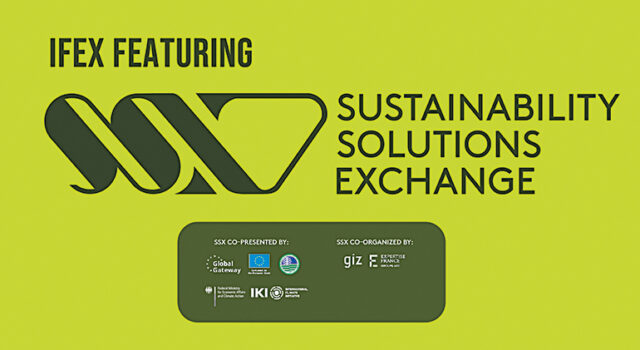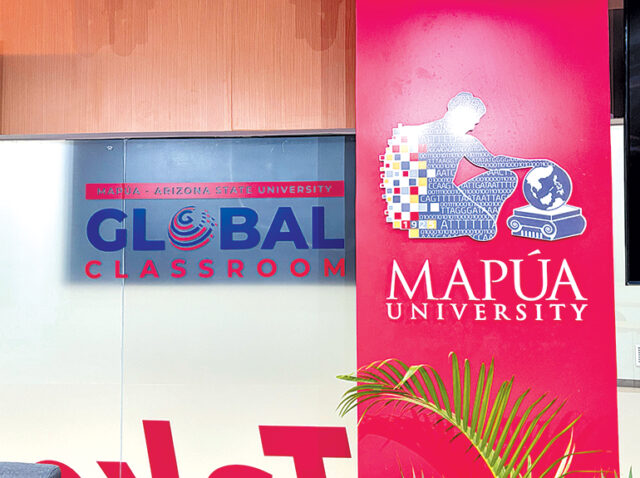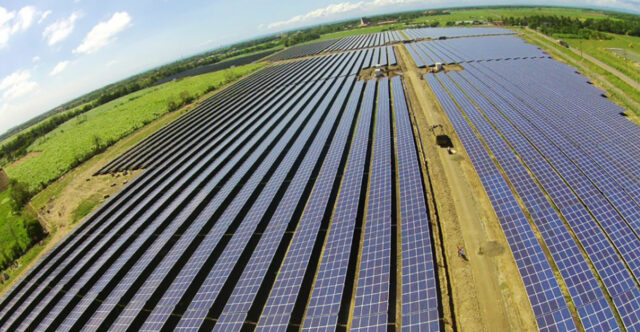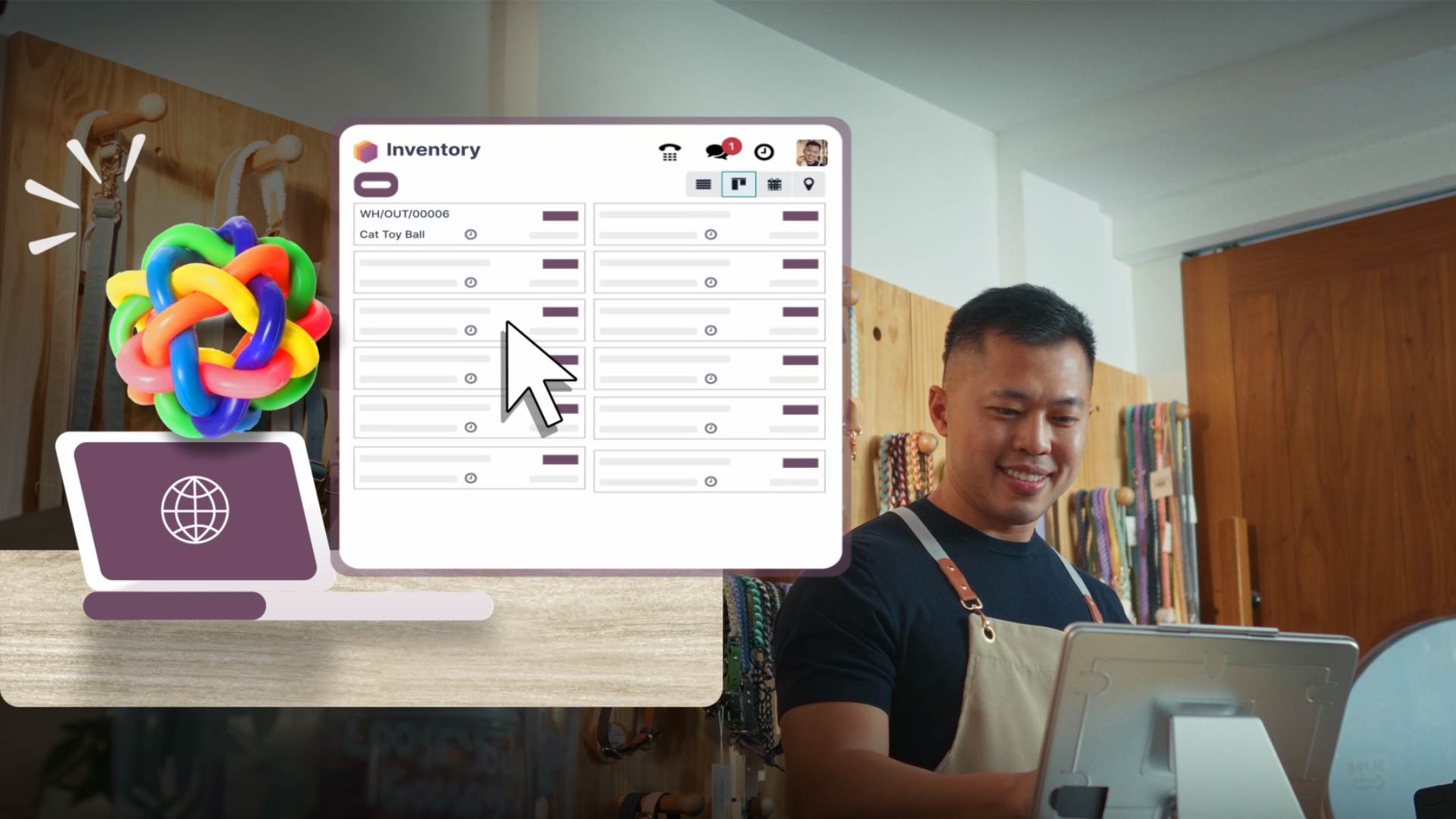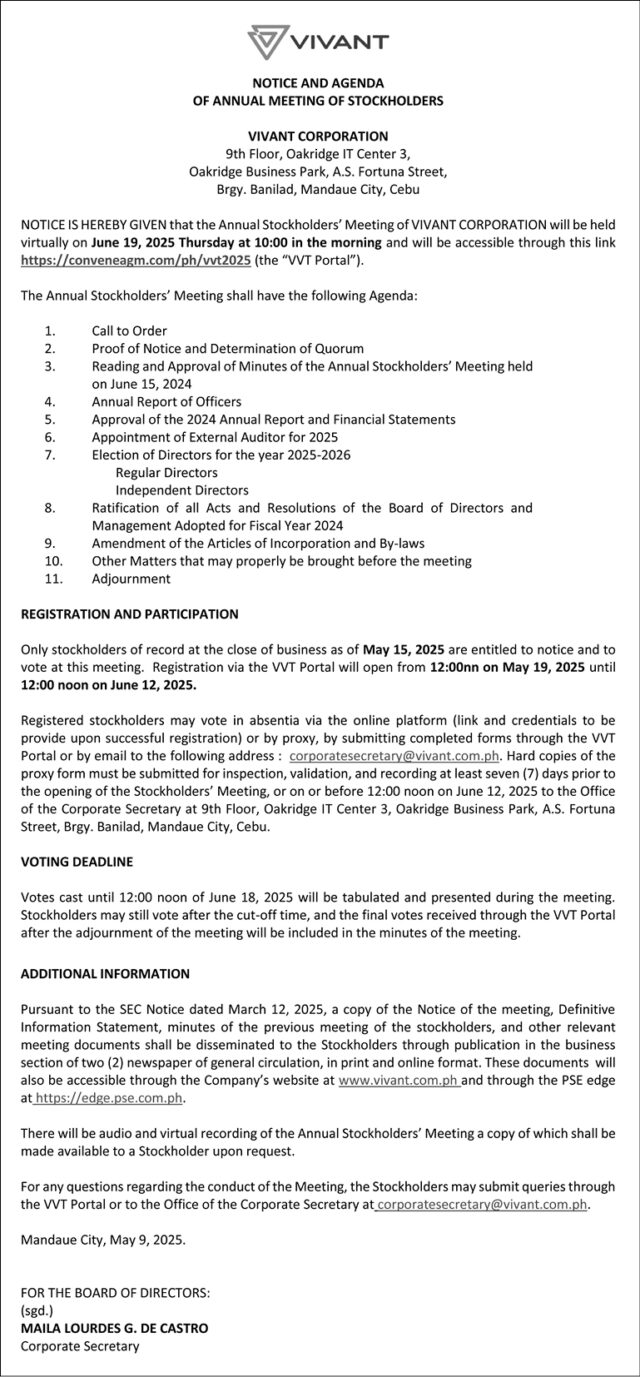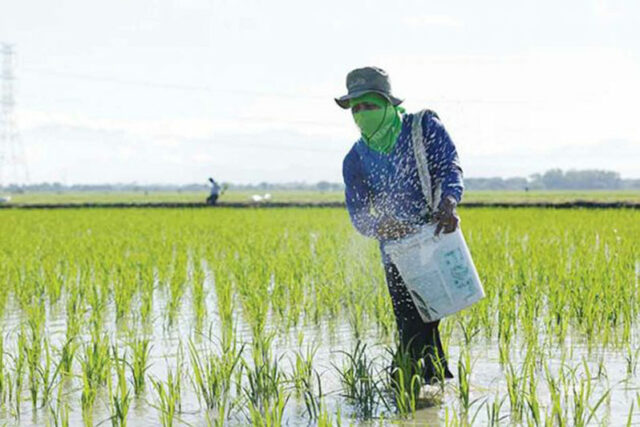Philippine potential in focus at BusinessWorld Economic Forum 2025
THE PHILIPPINES is on track to build a bigger and more competitive economy, with government initiatives, private sector investments and international interest coming together to create more opportunities for millions of Filipinos.
The progress will be in focus at the BusinessWorld Economic Forum 2025 at the Grand Ballroom of the Grand Hyatt Manila in Bonifacio Global City, Taguig on May 22.
With the theme “Unlocking Philippines’ Potential,” the forum will bring together policymakers, economists, top executives and business leaders from various industries.
Participants will engage in a full day of discussions about where the country’s economic growth is heading and what challenges must be addressed. The forum will also serve as a platform for open dialogue on critical strategies for sustainable development.
The opening keynote session titled “The Philippines at an inflection point” will be delivered by Arsenio M. Balisacan, secretary of the Department of Economy, Planning, and Development. His presentation is expected to cover both risks and opportunities tied to internal policies and global trends.
Andrew Tsang, country economist for the Philippines at the ASEAN+3 Macroeconomic Research Office (AMRO), will talk about how the Philippines can keep pace with evolving global conditions with a keynote titled “Redefining the Philippines’ role in a changing global economy.”
Special Assistant to the President for Investment and Economic Affairs Frederick D. Go will deliver the second keynote titled “The roadmap to a high-growth economy.” He is expected to provide an overview of economic reforms and how these can spur inclusive development.
Several panel discussions and fireside chats will focus on the challenges affecting Philippine industries and society and offer perspectives from experts and leaders across sectors.
The first panel discussion titled “Building an inclusive and resilient future for the Philippines” will examine ways to strengthen the country’s economic foundation so it can better respond to challenges such as financial disruptions, health emergencies and natural disasters.
Panelists include Francis C. Gotianun, senior vice-president at Filinvest Hospitality Corp.; Monica L. Trajano, vice-president for commercial strategy at Aboitiz InfraCapital Economic Estates; and Robert Dan J. Roces, an economist at SM Investments Corp.
A panel discussion on “Elevating energy transition in the Philippines” will explore the country’s growing electricity demand and the shift to renewable energy. Guests will examine how the Philippines can move away from conventional energy sources and rely more on renewable alternatives.
Among the speakers are Energy Undersecretary Rowena Cristina L. Guevara, Energy Regulatory Commission Chairperson and Chief Executive Officer Monalisa C. Dimalanta, ACEN Corp. Chief Operations Officer for the Philippines Miguel G. de Jesus and First Gen Corp. Chief Revenue Officer Vincent Martin C. Villegas.
The third panel discussion, “Tariffs, trade and Trump: How a second term could hit the Philippines,” will examine how the Trump administration could influence trade and investment flows between the US and the Philippines. Panelists include Allan B. Gepty, undersecretary of the International Trade Group at the Department of Trade and Industry; Danilo C. Lachica, president of the Semiconductor and Electronics Industries in the Philippines, Inc.; and Diwa C. Guinigundo, country analyst at GlobalSource Partners Philippines and former deputy governor at the Bangko Sentral ng Pilipinas.
The last panel discussion titled “Vision 2030: Accelerating the nation’s competitiveness toward economic success” will map out how different sectors can collaborate to boost the Philippines’ position on the global stage by the next decade.
Joining the panel are Alfredo S. Panlilio, president at the Management Association of the Philippines; Eduardo V. Francisco, president at BDO Capital and Investment Corp.; and Ruben J. Pascual, secretary-general at the Philippine Chamber of Commerce and Industry.
Discussions will cover investments in technology, education reforms, infrastructure improvements and the policy changes needed to make the country more attractive to investors and businesses.
Over the years, the BusinessWorld Economic Forum has consistently attracted major names in business and policy, providing attendees with valuable insights and discussions on the nation’s economy.
The event will offer knowledge that can help guide personal decisions, professional plans and broader national strategies. As the Philippines faces new opportunities and challenges, this year’s economic forum is expected to provide fresh ideas and meaningful conversations about the country’s trajectory.
This edition of the BusinessWorld Economic Forum is presented by Ayala Corp. and ACEN and is supported by gold sponsor Metro Pacific Investment Corp.; silver sponsors BDO Capital, DigiPlus Interactive Corp., Federal Land NRE Global, Inc., First Gen Corp., GT Capital Holdings Inc., Megaworld Corp., SM Investments Corp. and SM Supermalls; and bronze sponsors United Coconut Planters Life Assurance Corp., Development Bank of the Philippines, Filinvest Development Corp., FWD Life Insurance Corp., Globe Telecom, Inc., Global Business Power Corp., Manila Electric Co., Meralco PowerGen Corp., National Grid Corp. of the Philippines, San Miguel Corp., SGV & Co. and Toyota Motor Philippines Corp.
The forum is also supported by partner organizations Asian Consulting Group, American Chamber of Commerce of the Philippines, Bank Marketing Association of the Philippines, British Chamber of Commerce of the Philippines, European Chamber of Commerce of the Philippines, Financial Executives Institute of the Philippines, JLCG Creative and Marketing Solutions, Management Association of the Philippines, Philippine Chamber of Commerce and Industry, Philippine Franchise Association and Philippine Retailers Association; and media partners One News and The Philippine STAR.

